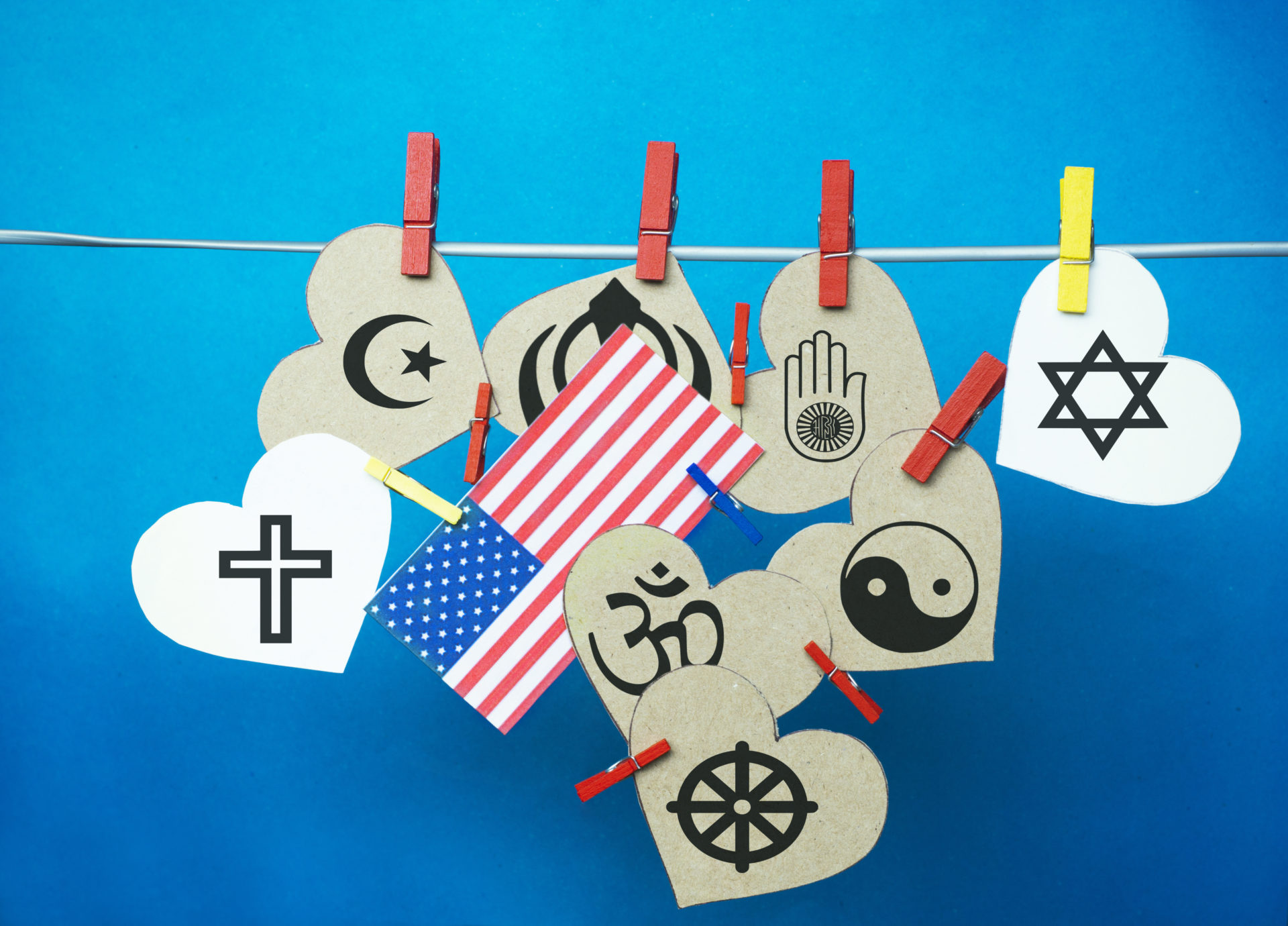We’ve all seen the bumper sticker and related self-promoting things that expresses one’s ideological perspective on tolerance, acceptance, loving some other, etc. But what does all that mean? Generally, coexisting denotes groups exist together, at the same time, or in the same place, and it is indeed a great surface-level concept and trendy slogan. However, there is more to mere coexistence and toleration…and it involves action. On Saturday, August 17, 2013, more than fifty people representing no less than eleven different religious faiths and denominations answered a call to action and worked towards the common goal of adding beauty to the quality of life for individuals and families living in the Holy Family Home in Midwest City, Oklahoma. Broken into five groups we pulled weeds, replanted beautiful new flowers, worked on windows and baseboards, built and stained picnic tables, and improved the garage setting. And, not only did we work together, we had to stay in our group and ‘break bread’ together at a lunchtime meal.
Now, I know this does not seem like a big deal, but here’s why it is. Over the brief course of six hours, one’s religious beliefs or garb did not define them, just as their race or ethnicity or nationality did not; we all saw past these labels and recognized each other as an integral part of a unit. This realization created an atmosphere of mutual respect, which created opportunities to engage in sincere conversations with people you may not otherwise. The working environment, along with the mutual respect and genuine altruistic nature of the project, dropped people’s barriers and preconceived notions of one another and people began to inform themselves of other religious traditions by asking questions, which were gladly answered.
Attending this service project, organized by Reverend Joshua Leu of the New Hope Christian Church
and Sabi Singh of the Interfaith Alliance, was both humbling and inspiring; I met amazing new people, reconnected with friends, and shared many conversations that further exposed me to other perspectives. Additionally, this event served as a historic moment for our great and progressing city—it was the first interfaith mission project to represent eleven different faith traditions and denominations. Yes, the work was laborious, but motivating and fun and completely worth it, the many open conversations that took place were worth having, and meeting and reconnecting with fifty other amazing people was worth doing. This is what comes after coexistence.
Thomaira Babbit is the current Development Coordinator for the Oklahoma chapter of the Council on American-Islamic Relations and a graduate of the University of Central Oklahoma

